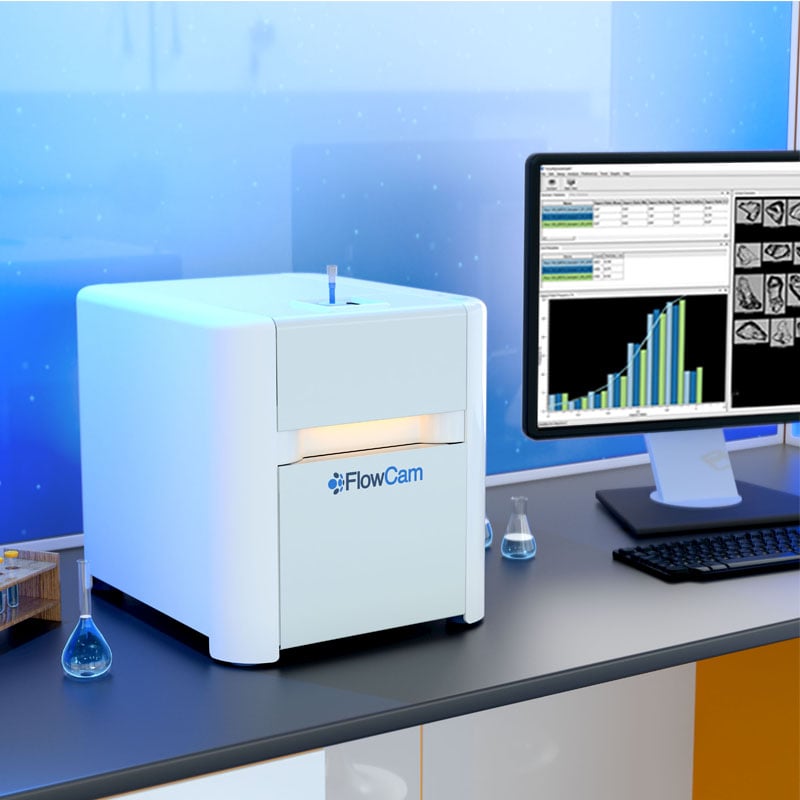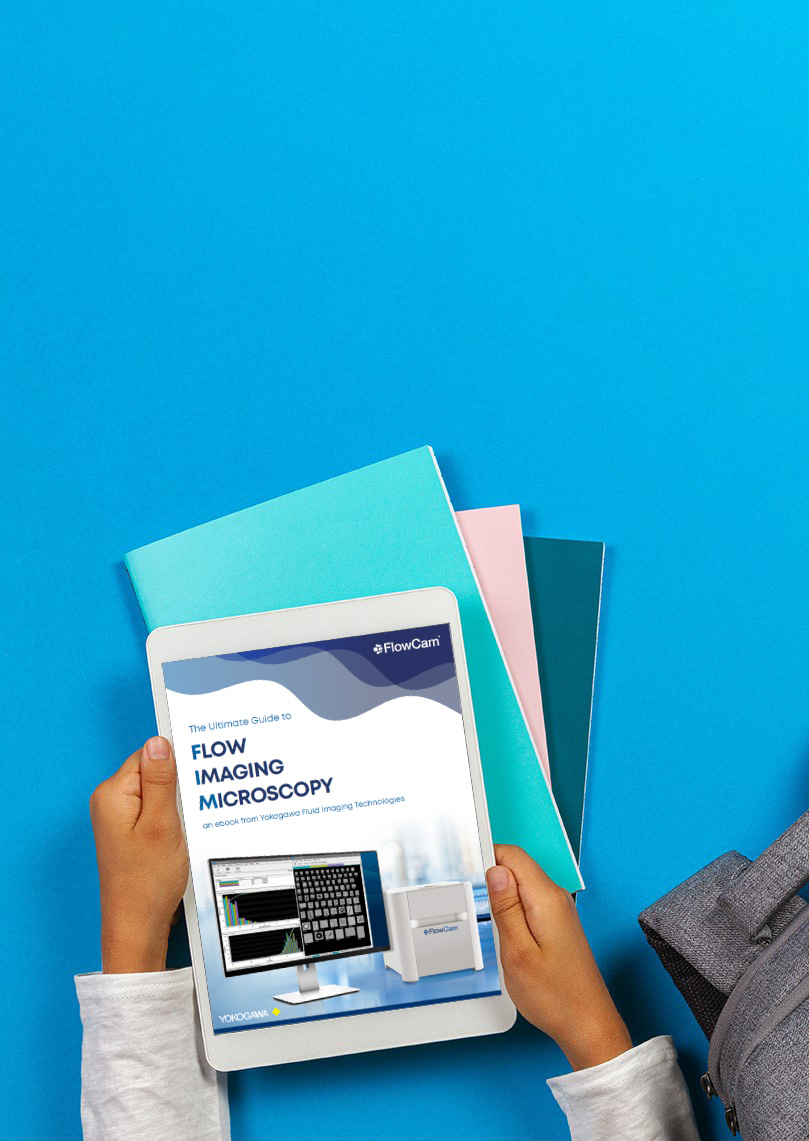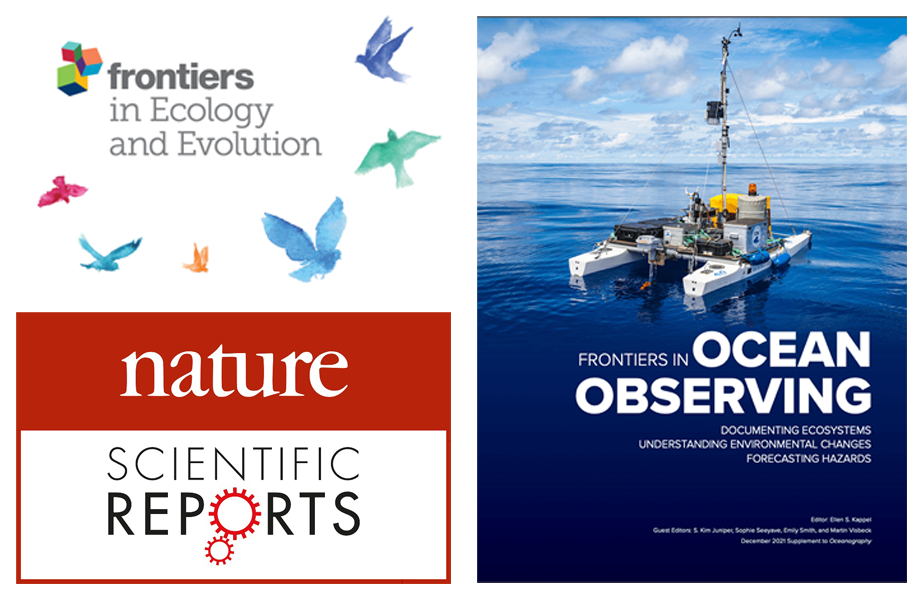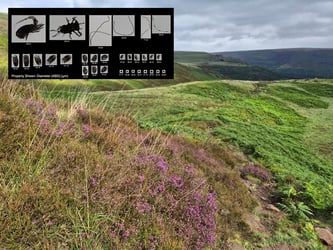Scientists from around the world have been using FlowCam for over 20 years to better understand the ecosystems in our lakes, rivers, and oceans.
As new research is published, we continue to review the literature where FlowCam is utilized for essential and innovative studies in aquatic research. The publications included in our most recent list showcase important FlowCam applications in marine and freshwater research.
Researchers rely upon FlowCam to identify and enumerate populations that serve as predictors for hazardous algae bloom (HAB) events through counting and characterizing algae, phytoplankton, and zooplankton. The importance of timely analysis of population dynamics under ever-changing environmental conditions is becoming increasingly relevant.
FlowCam has proven to be an invaluable tool to provide a fast, accurate, and easy-to-use alternative to manual microscopy for monitoring phytoplankton biovolume and community composition.












